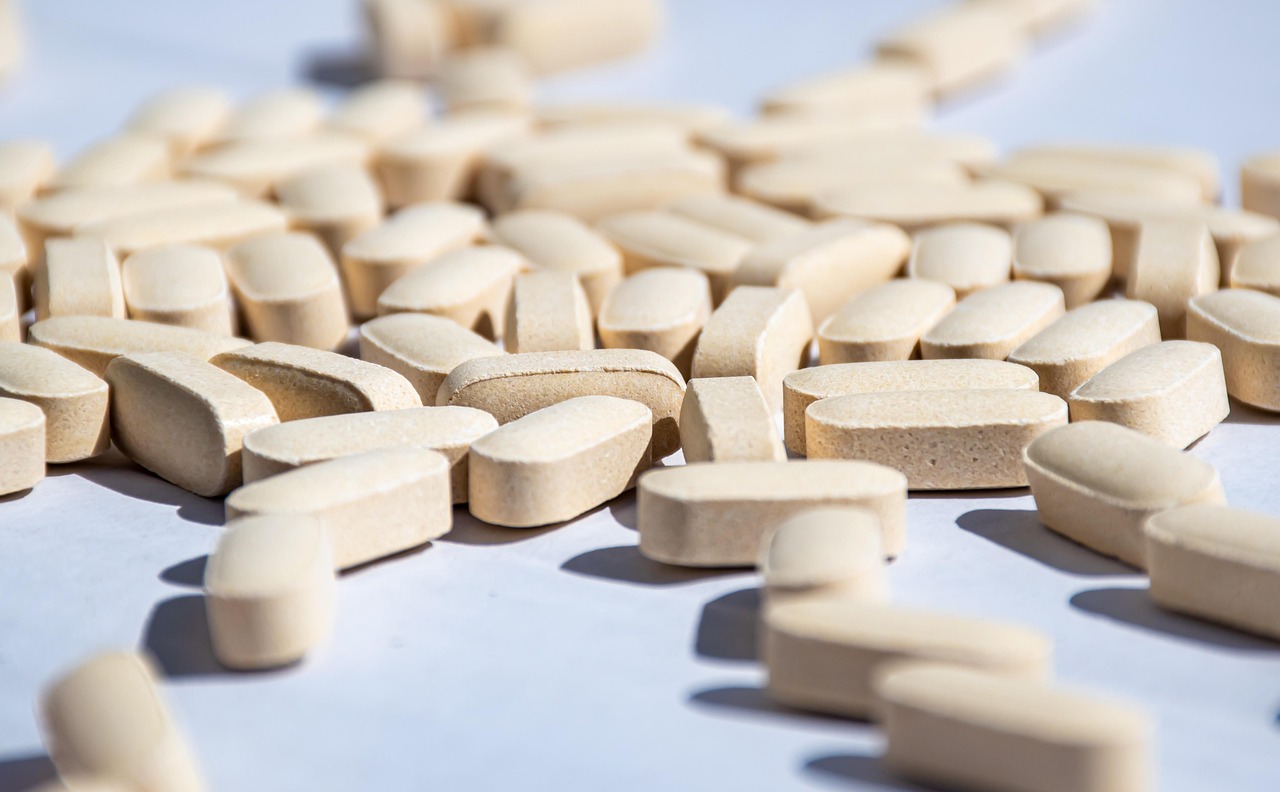- This topic is empty.
-
AuthorPosts
-
2025-05-28 at 6:20 pm #9610
S-Adenosyl-L-methionine Disulfate Tosylate (often abbreviated as SAMe or SAM), a sulfonated and stabilized form of S-Adenosyl-L-methionine, has garnered increasing attention in the nutraceutical and psychiatric fields for its potential as a depression-improving agent. With a CAS registry number of 97540-22-2, this compound is a stable salt form designed for enhanced shelf life, bioavailability, and manufacturing compatibility. In this blog post, SACH, a high purity fine chemicals exporter, will share the role of S-Adenosyl-L-methionine Disulfate Tosylate (CAS No.: 97540-22-2) in depression-improving supplements and its application in improving mood.

How S-Adenosyl-L-methionine Disulfate Tosylate Improves Depression?
The antidepressant activity of SAMe disulfate tosylate can be understood through its roles in the methylation cycle and subsequent influence on neurotransmitter dynamics. Several interrelated mechanisms contribute to its therapeutic potential:
1. Methylation of Neurotransmitter Pathways
SAMe is a pivotal methyl donor in the synthesis and regulation of monoamine neurotransmitters, including serotonin, dopamine, and norepinephrine. Methylation of phosphatidylethanolamine to phosphatidylcholine in neuronal membranes also enhances vesicular transport of neurotransmitters.
2. Regulation of DNA and Histone Methylation
By modulating DNA and histone methylation patterns, SAMe indirectly influences gene expression related to mood regulation. Altered methylation status in genes associated with serotonin transporters and receptors has been observed in individuals with major depressive disorder (MDD), suggesting that SAMe supplementation might correct epigenetic dysregulation.
3. Polyamine and Transsulfuration Pathways
SAMe serves as a precursor for polyamines (via decarboxylated SAMe), which play neuroprotective and neurotrophic roles. Additionally, SAMe contributes to the synthesis of glutathione through the transsulfuration pathway, supporting antioxidant defenses that are often impaired in depressive states.
Pharmacokinetics and Bioavailability
One of the primary challenges with SAMe supplementation has historically been its bioavailability. SAMe disulfate tosylate is generally administered in enteric-coated tablets to prevent degradation in the stomach and ensure release in the small intestine. Upon absorption, it rapidly distributes throughout tissues and crosses the blood-brain barrier, where it exerts its methyl-donor functions.
Peak plasma levels are typically achieved within 3–6 hours post-oral administration, with a biological half-life ranging from 1.5 to 3.5 hours. The disulfate tosylate salt improves stability during formulation and transport but does not significantly alter the pharmacodynamics of the parent SAMe molecule.

Clinical Evidence for Antidepressant Efficacy
Numerous clinical trials and meta-analyses have evaluated the role of SAMe in improving depressive symptoms, particularly in individuals with mild to moderate major depressive disorder. The compound has shown promise as both a monotherapy and an adjunct to conventional antidepressants.
1. Monotherapy Trials
In randomized controlled trials, SAMe supplementation (ranging from 400 to 1600 mg/day) has demonstrated significant improvements in Hamilton Depression Rating Scale (HAM-D) and Montgomery–Åsberg Depression Rating Scale (MADRS) scores compared to placebo. Notably, the onset of therapeutic effects appears earlier than with typical SSRIs.
2. Adjunctive Therapy
SAMe has also been tested as an add-on to standard antidepressants like SSRIs and SNRIs. Studies show that adjunctive SAMe can enhance response rates in treatment-resistant depression (TRD) and may mitigate side effects associated with conventional therapy.
3. Meta-Analytic Insights
A 2016 meta-analysis published in The American Journal of Psychiatry concluded that SAMe possesses a statistically significant antidepressant effect compared to placebo, with an efficacy profile comparable to tricyclic antidepressants (TCAs) and SSRIs, but with a more favorable side-effect profile.
Safety and Tolerability
SAMe disulfate tosylate is generally well tolerated, with a side effect profile superior to many pharmaceutical antidepressants. The most commonly reported adverse effects include gastrointestinal disturbances (e.g., nausea, diarrhea), anxiety, and mild insomnia. These are typically transient and dose-dependent.
However, there are precautions to consider. In individuals with bipolar disorder, SAMe may precipitate manic episodes, necessitating careful monitoring or avoidance. Additionally, as a methyl donor, SAMe may theoretically increase homocysteine levels if not balanced with adequate levels of B6, B12, and folate, all of which are co-factors in homocysteine metabolism.
Applications of S-Adenosyl-L-methionine Disulfate Tosylate in Supplement Formulation
Given its efficacy and tolerability, SAMe disulfate tosylate is widely incorporated into dietary supplements targeted at mental health and mood support. Its inclusion in formulas is often paired with complementary compounds such as:
– Methylated B Vitamins: To support methylation cycle efficiency.
– 5-HTP or L-Tryptophan: Precursors for serotonin biosynthesis.
– Adaptogens (e.g., Rhodiola rosea): For synergistic stress modulation.
– Magnesium and Omega-3 Fatty Acids: For neuromodulatory support.
Enteric-coated tablets or capsules are the preferred delivery method due to SAMe' s acid sensitivity. Furthermore, manufacturers must ensure proper storage and handling conditions to prevent oxidation and degradation.
Conclusion
S-Adenosyl-L-methionine Disulfate Tosylate (CAS No.: 97540-22-2) represents a robust and bioavailable form of SAMe suitable for nutraceutical formulations aimed at combating depression. With a mechanistic foundation rooted in methylation biology and a growing body of clinical validation, it stands as a compelling option for those seeking non-pharmaceutical approaches to mood enhancement. While not a substitute for professional psychiatric care in severe cases, SAMe offers promise as both a primary and adjunctive tool in managing depressive symptoms through safe, biochemically rational supplementation.
-
AuthorPosts
- You must be logged in to reply to this topic.
